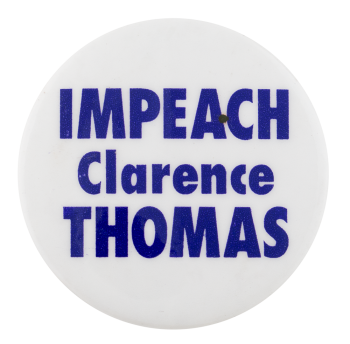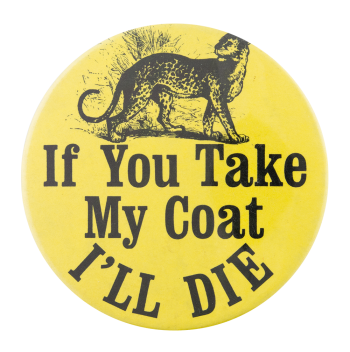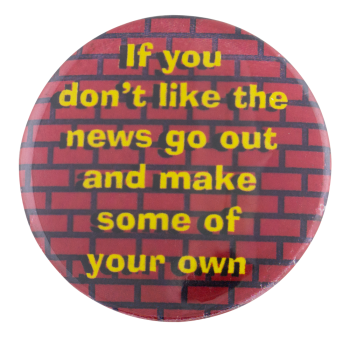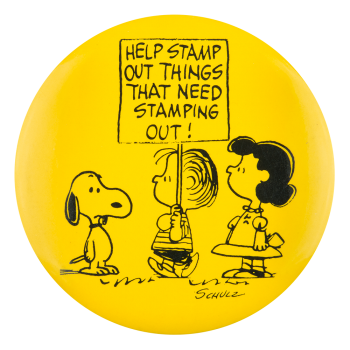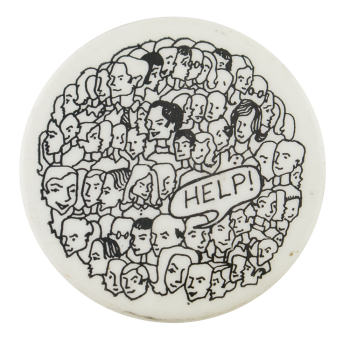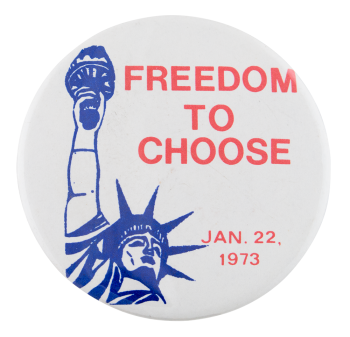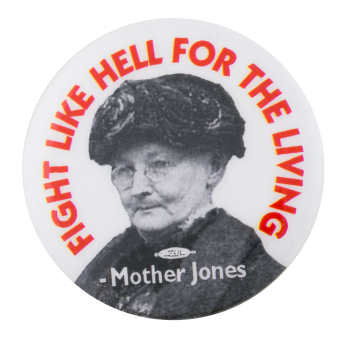Impeach Clarence Thomas
| Category | |
|---|---|
| Additional Images | |
| Text on Button | IMPEACH Clarence THOMAS |
| Image Description | Purple text on a white background |
| Back Style | |
| The Shape | |
| The Size | |
| Additional Information | Clarence Thomas is a justice on the U.S. Supreme Court. He succeeded Thurgood Marshall and is the second African American to serve on the Court. He was nominated by George H. W. Bush and is considered to be one of the more conservative members of the Court. Although there has not been an official movement to impeach Justice Thomas, there are several online petitions that call for his removal from the Court. These petitions cite various reasons for his impeachment, including sexual misconduct and his refusal to recuse himself during hearings that pose a clear conflict of interest. |
| Catalog ID | CA0305 |

